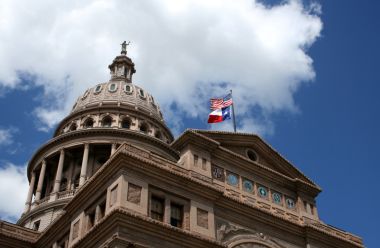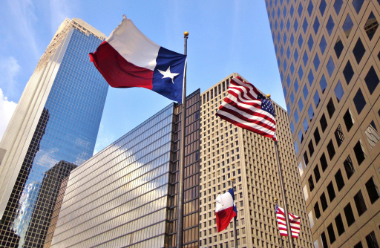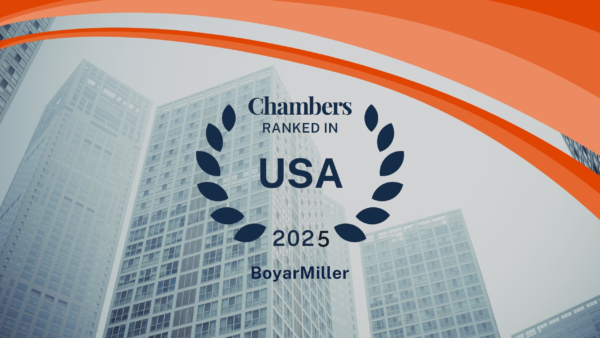With a deep understanding of your business alongside clear and honest communication, we help clients face challenges fearlessly.
Contact us today to learn more about our services and how we can help drive solutions.
Rules, Rules and More Rules: Updates to the Paycheck Protection Program
May 1, 2020
Over the past few weeks, the US Department of the Treasury and the US Small Business Administration issued three interim final rules updating and clarifying certain aspects of the Paycheck Protection Program (“PPP”), the economic relief program for small businesses created by the Coronavirus Aid, Relief, and Economic Security Act (“CARES Act”). These three interim rules provide additional guidance on the following: (i) criterion for calculating the maximum loan amount for seasonal employers, (ii) PPP loan disbursements, and (iii) eligibility for PPP loans for corporate groups.
Additional Criterion for Seasonal Employers
For purposes of calculating the maximum loan amount for seasonal employers, the text of the CARES Act excludes a number of eligible summer seasonal businesses by providing that the seasonal employer multiply average total monthly payroll costs for the 12-week period beginning February 15, 2019 (or March 1, 2019, if the seasonal employer chooses), and ending June 30, 2019, by 2.5. In recognition that certain businesses (particularly summer seasonal businesses) primary seasons cover periods not falling within such timeframes, the SBA issued an Interim Final Rule, which indicates that effective immediately, seasonal employers may opt to calculate their maximum loan amount by utilizing any consecutive 12-week period between May 1, 2019, and September 15, 2019. Further, if a seasonal business was not operational as of February 15, 2020, it will still be eligible for a PPP loan as long as it was in operation for any 8-week period between May 1, 2019, and September 15, 2019.
Disbursements
The SBA has clarified that borrowers may not take multiple draws from a PPP loan to delay the start of the 8-week covered period. Specifically, the SBA has stipulated that lenders must make a one-time, full disbursement of the PPP loan within 10 calendar days of the loan being assigned a loan number by the SBA (or if the 10th day is a weekend or holiday, the next business day); provided, however, that a lender will not be responsible for delays for a borrower’s failure to timely provide required loan documentation and a borrower delay of longer than 20 days will result in loan cancellation.
Limitations on Loans to Corporate Groups
The SBA has further clarified that businesses that are a part of a single corporate group shall not be permitted to receive more than $20 million in PPP loans in the aggregate. Businesses are a part of a “single corporate group” if they are “majority-owned, directly or indirectly, by a common parent.” This rule is effective immediately for any loans that have not been fully disbursed as of April 30, 2020.
Importantly, this Interim Final Rule mandates that applicants for a PPP loan are responsible for notifying lenders if they have already applied for or received funds under the PPP in excess of the $20 million limit, and for withdrawing or canceling any loan application or approved loan that would be in violation of the rule. If the applicant or borrower fails to do so, then the loan will be considered a “use of PPP funds for unauthorized purposes,” therefore making the loan ineligible for forgiveness.




